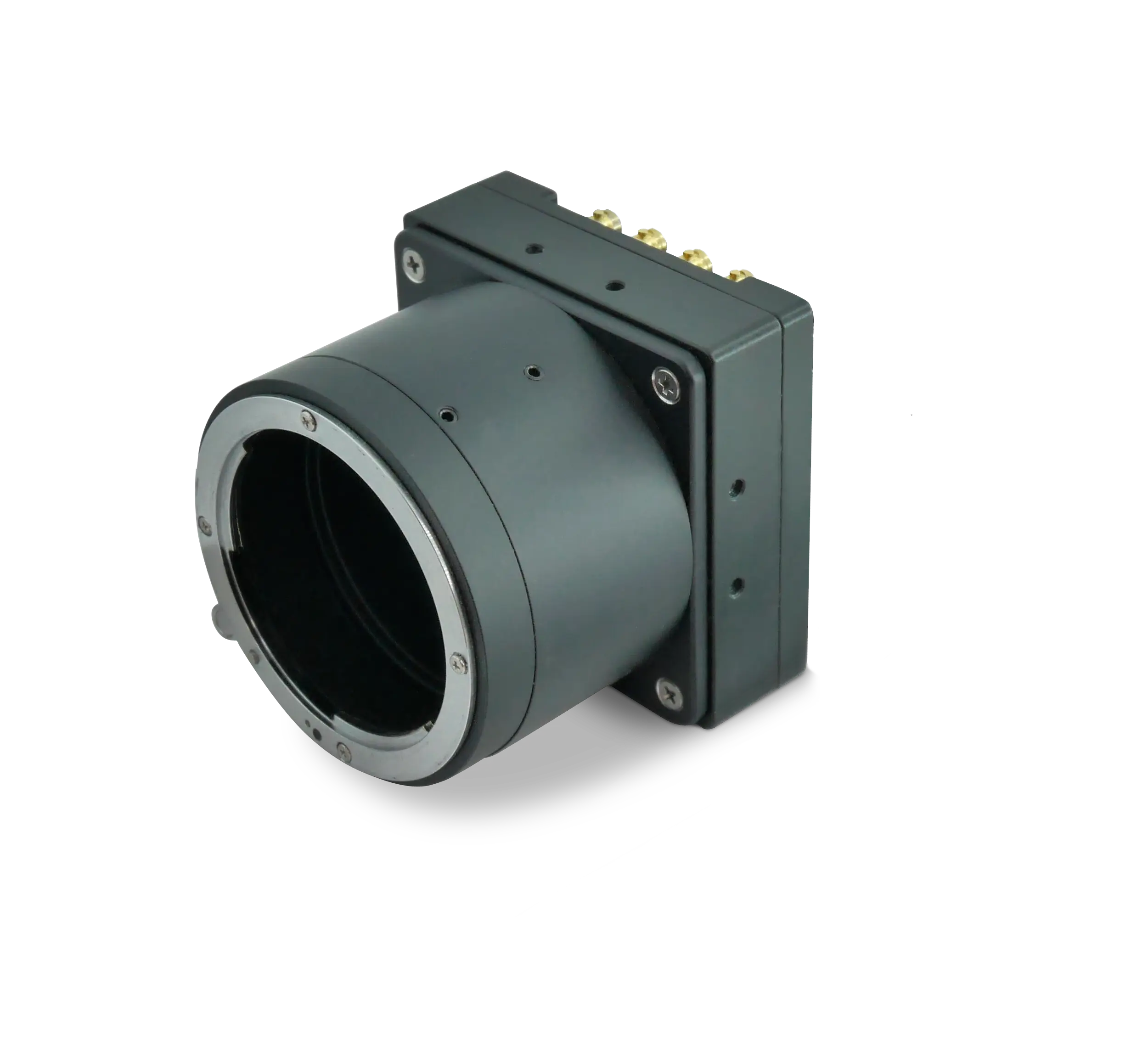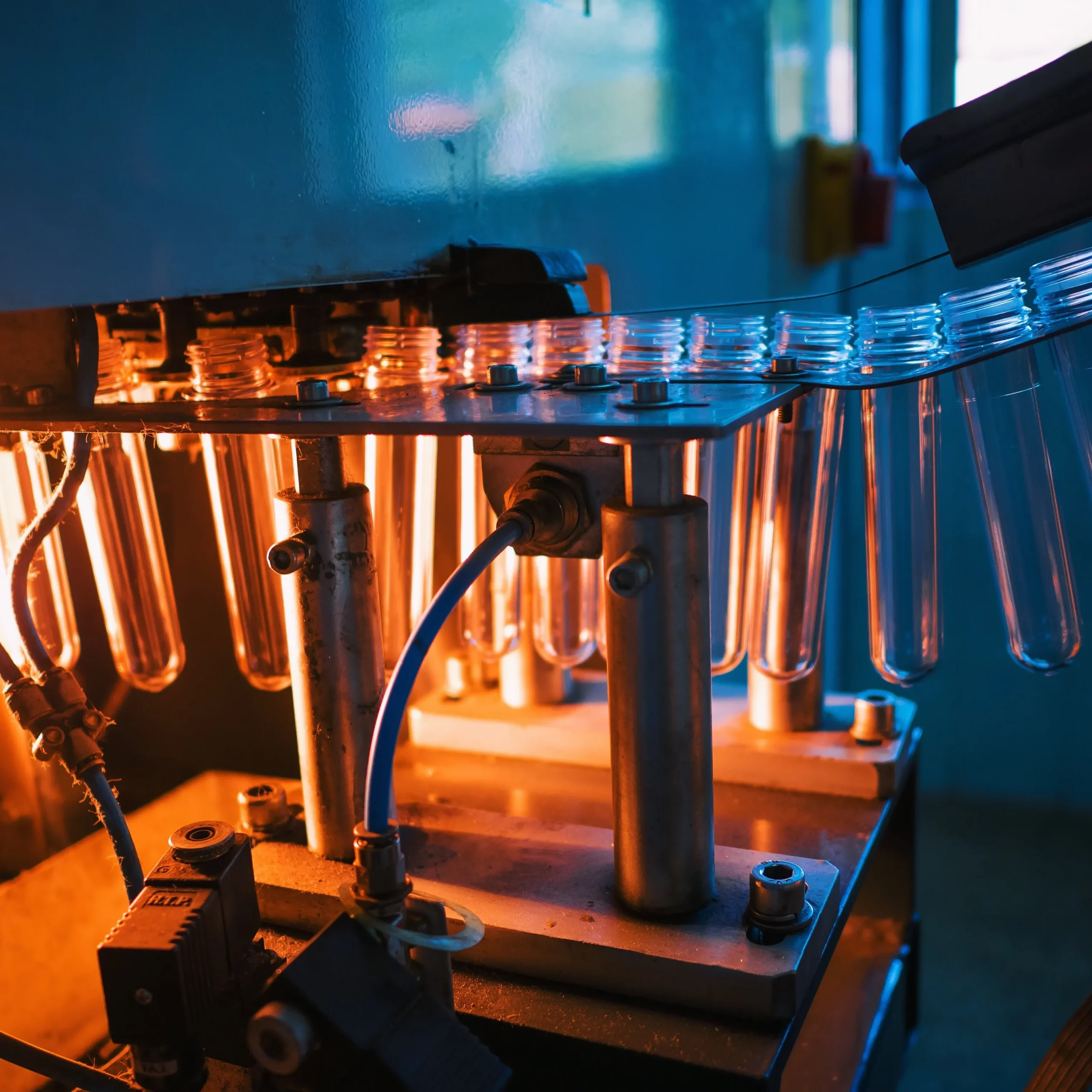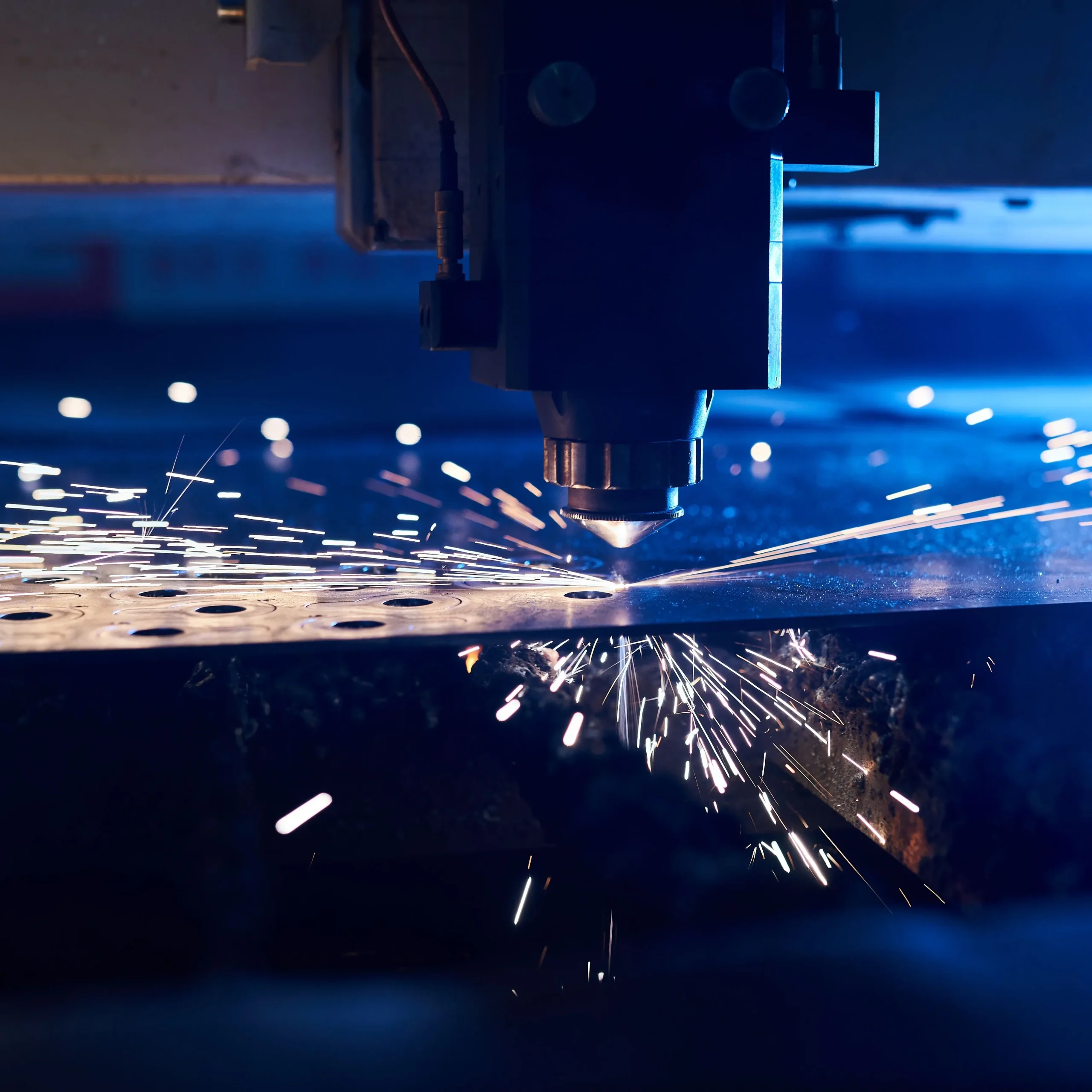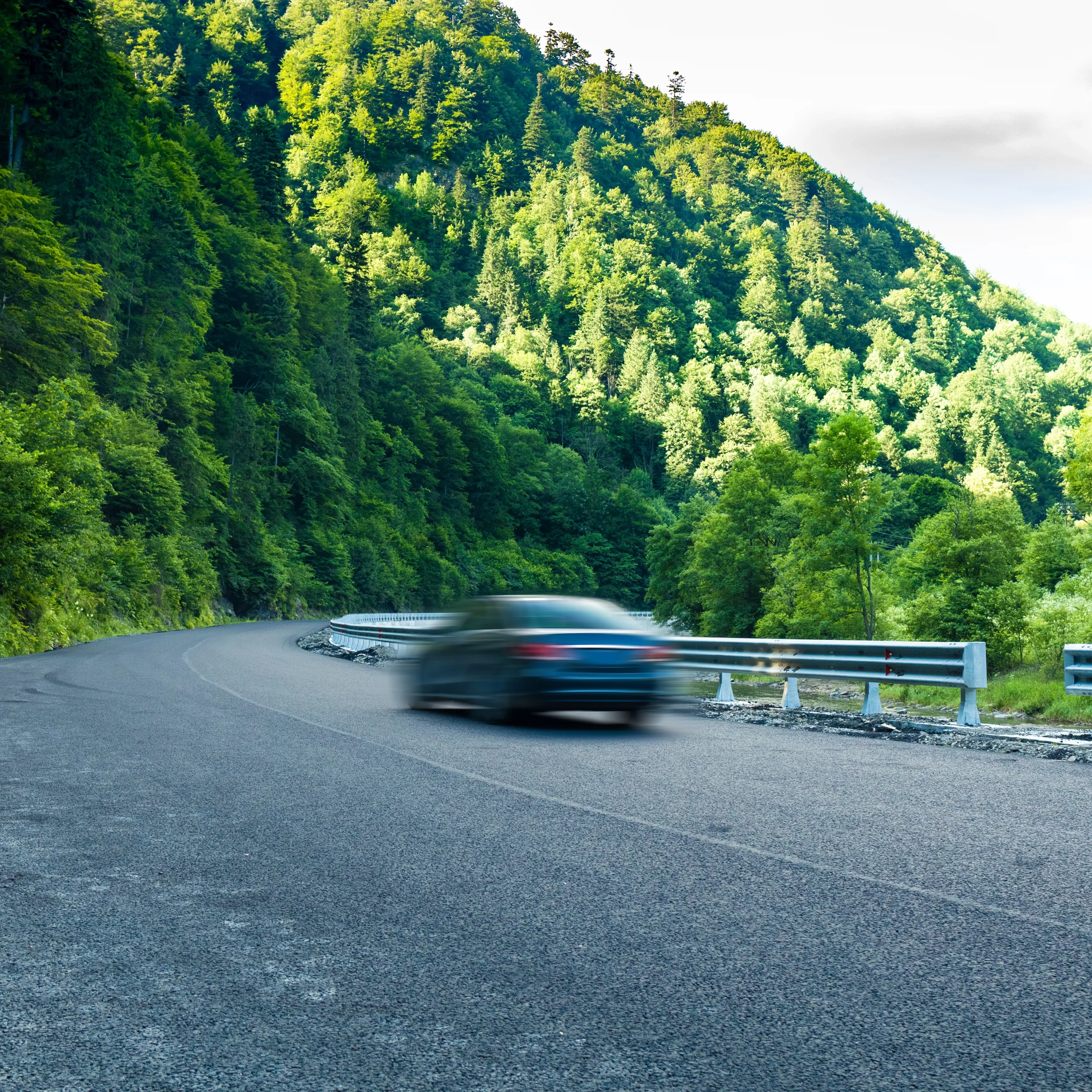In today’s competitive manufacturing environment, foundries face increasing pressure to deliver flawless iron castings at high throughput. Defects as small as a fraction of a millimeter can compromise part performance and customer satisfaction. Traditional inspection methods, including manual checks and slow-scan cameras, are no longer sufficient. Industrial cameras integrated with machine vision software have become essential tools for automating quality control and achieving real-time defect detection in iron casting operations.
The Challenges of Iron Casting Inspection
Iron castings, such as engine blocks, pump housings, and gearboxes, emerge from molds covered in sand, scale, and uneven surface textures. Common defects include shrinkage cavities, cold shuts, porosity, and dimensional deviations, often hidden beneath oxide layers. High-speed production lines increase the difficulty, requiring inspection solutions that maintain precision under motion, vibration, and harsh environmental conditions.
Why Industrial Cameras Are Critical in Foundries
Industrial cameras offer high-resolution, global-shutter sensors capable of capturing fast-moving parts without motion blur. These cameras provide high-resolution imaging for detecting sub-millimeter flaws, global shutter operation to freeze motion, high dynamic range for reflective or dark surfaces, deterministic data transfer for synchronization with PLCs and robotic inspection cells, and rugged housings that withstand dust, vibration, and extreme temperatures. Integrating industrial cameras into foundry workflows ensures consistent quality and reduces reliance on human inspectors.
High-Resolution Sensors for Accurate Defect Detection
Modern industrial cameras feature megapixel-class sensors capable of capturing fine details across large casting surfaces. Pixel sizes suitable for detecting defects as small as 0.1 millimeters allow manufacturers to identify shrinkage cavities, cold shuts, and surface cracks before parts leave the production line. Global-shutter architectures prevent rolling artifacts, ensuring every image represents the true geometry of the casting and can be reliably processed by inspection software.
Lighting and Optics for Harsh Foundry Environments
Optimal illumination is essential for iron casting inspection because foundries present both bright reflective surfaces and dark matte areas. Structured blue or white light enhances surface contrast, while multispectral illumination reveals thermal or chemical stress patterns that are invisible under normal lighting. Filter wheels allow system designers to change wavelengths without replacing cameras, and high-intensity LED strobes freeze motion on fast-moving conveyors. Proper lighting ensures that camera sensors capture defect-revealing details accurately for software analysis.
Frame Grabbers and High-Speed Data Transfer
High-resolution cameras generate enormous amounts of data at production line speeds. The Komodo III frame grabber is crucial for ingesting this data efficiently, reducing CPU load, and delivering images to host PCs or GPUs for analysis. It provides high-throughput data transfer with minimal latency, direct memory access to avoid copying overhead, FPGA-based preprocessing including shading correction and defect highlighting, and compatibility with multiple camera interfaces such as CoaXPress, CLHS, and GigE Vision.
Machine Vision and AI for Real-Time Quality Control
After images are captured, machine vision software analyzes them to identify defects and make pass/fail decisions. A typical workflow triggers cameras using conveyor encoders or robot PLC signals, captures high-resolution images from multiple viewpoints, processes images on FPGA or GPU to correct lighting and enhance defects, and runs deep learning models or classical vision algorithms to detect cracks, porosity, or dimensional errors. Results are delivered to MES, PLC, or robotic sorting systems, enabling inline sorting without stopping production. With optimized systems, inspection latency can remain under 150 milliseconds, ensuring real-time quality control.
Ruggedization and Reliability
Foundries are demanding environments. Industrial cameras must withstand high ambient temperatures near molten metal, dust and particulate contamination, vibration from conveyor belts and shot-blast machines, and electromagnetic interference from induction furnaces or welding equipment. Camera housings feature machined aluminum bodies, IP-rated seals, industrial connectors, and internal cooling pathways. The Komodo III frame grabber and cabling are designed for stable long-term operation, with options for fiber connectivity over extended distances.
Scalability and Future-Proofing
Modern foundries benefit from scalable inspection systems that can grow with production needs. Using open standards, manufacturers can upgrade sensors to higher-resolution models without replacing network infrastructure, deploy additional cameras as production lines expand, integrate edge AI modules for on-device inference, and maintain compatibility with multiple interfaces including CoaXPress and CLHS. This approach ensures long-term investment protection while keeping inspection systems at the forefront of automated manufacturing technology.
Conclusion
Industrial cameras are transforming iron casting inspection by enabling high-speed, high-resolution imaging and automated defect detection. Combining rugged hardware, optimized lighting, the Komodo III frame grabber, and AI-powered machine vision allows foundries to achieve real-time quality control, reduce scrap, and ensure that every casting meets the highest standards. Investing in a modern vision-based inspection system improves product quality, enhances efficiency, and strengthens competitiveness in the global manufacturing market.




